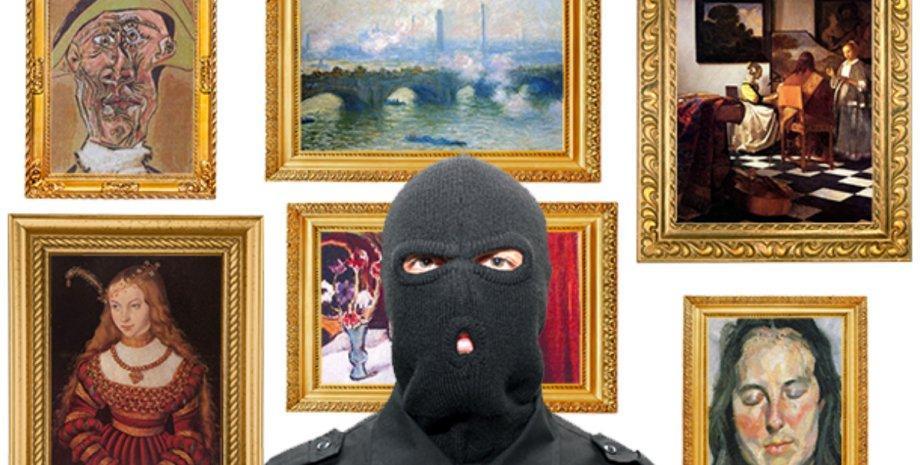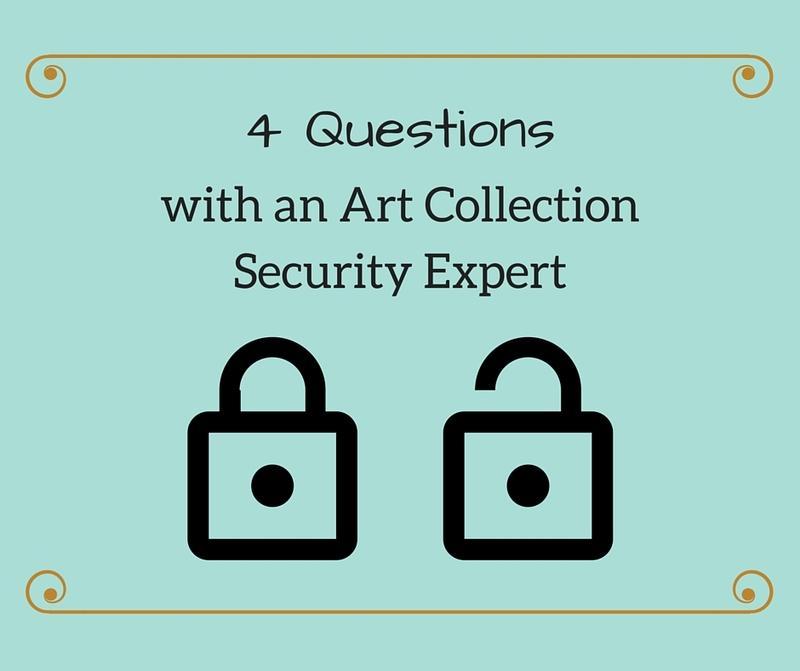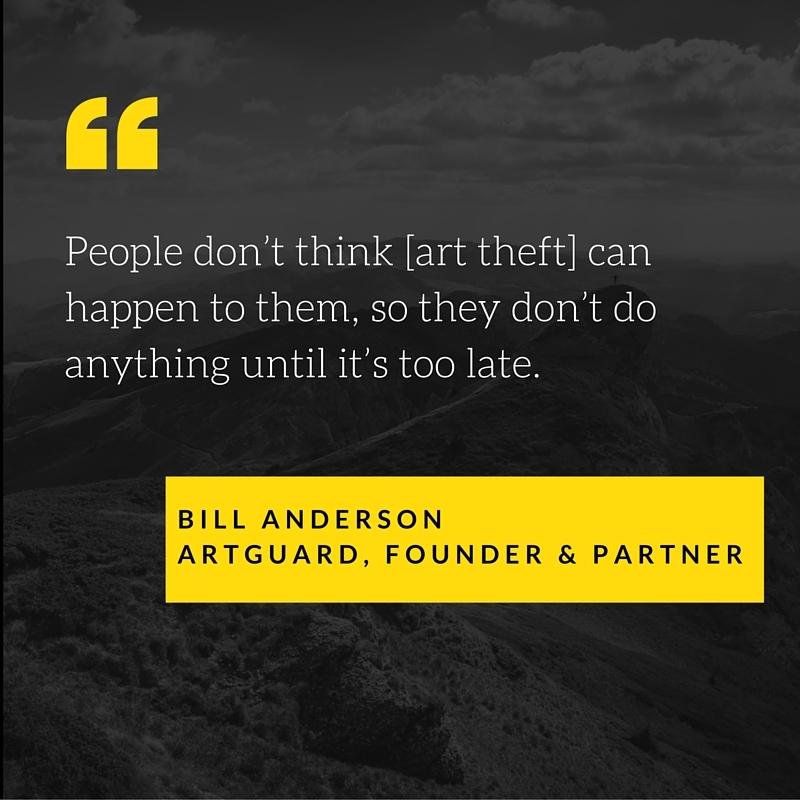
4 questions for an art collection security expert
Contents:

Unfortunately art theft does happen.
In 1990, 13 works of art were stolen from the museum. Works by well-known artists such as Rembrandt, Degas and others have never been found, and the museum continues to investigate.
They are currently offering a $5 million reward for any information about restoring these works to good condition.
Security is the number one concern in protecting your art collection
We spoke with Bill Anderson, founder and partner, who also serves the Gardner Museum as an art security provider. An expert in the protection of private and public collections, Anderson chose a product called Magnetic Asset Protection (MAP) as the solution to secure any fixed object.
An asset protection solution like MAP is always on, even if your home security is disabled.
Anderson gave us more meaningful answers to 4 questions about setting up a home security system to protect assets:
1. If I have a basic home security provider, are my artworks protected?
“There are many different levels of protection,” Anderson says.
While home security systems provide some level of protection when enabled, MAP is a separate system. It uses a small rare earth magnet that can be placed on anything of value, from a family ring to a large sculpture, that detects movement and alerts a wireless sensor. Even when the home security system is disabled, the device protects your assets.
Most asset security providers, including ArtGuard, have the ability to work with home security companies to create a complete system.
2. How do you help clients determine the level of protection they need?
“It depends on what kind of response the client wants,” Anderson explains. With ArtGuard in particular, the question is: what is valuable enough to spend $129 on a sensor?
"If it's a $200 item, it's not worth it unless it's irreplaceable," he says. “The proposed amount of protection depends on the number of pieces. It can be from one sensor to 100 sensors.”
To make a decision, weigh the cost of a security system against the price or emotional value of a piece of art. For expert advice, we offer.

3. Which is better, hidden or visible security cameras?
If the camera is hidden, a potential thief won't know it's there. If visible, it can serve as a deterrent, even if thieves can deactivate it.
“You can also have a very inexpensive camera that is activated by the system if something is being filmed,” Anderson suggests. “The smartest way to protect your assets is with video surveillance.”
4. What else do you offer your clients to protect their assets?
In addition to home security, Anderson believes that insurance and documentation are essential steps to protecting your valuables.
“The second step is to document everything you can about these assets,” he emphasizes. Photograph, measure and record all provenance documents in your secure cloud account.
Having redundant backups of your origin in the cloud is a layer of protection that is very difficult to compromise.
Take action before it's too late
“Insurance companies tell me that a lot of people live in apartment buildings without security at the front desk,” Anderson illustrates. "Anyone could enter and leave with art treasures."
Anderson's goal is to make asset protection simple and straightforward. "It won't disrupt anyone's life," he says. Exploring your asset security options will greatly reduce your risk. “People don’t think it can happen to them, so they don’t do anything until it’s too late,” he cautions. "They are much more vulnerable than they think."
Knowing who can help protect your collection will help prevent damage and loss. Find out more about security, storage and insurance in our.
Leave a Reply